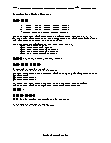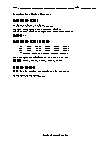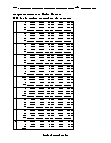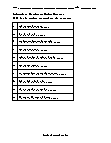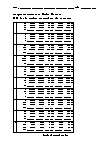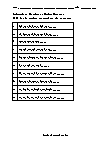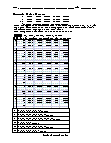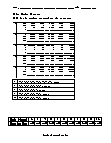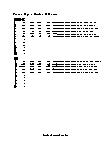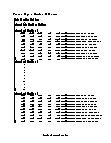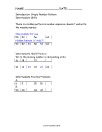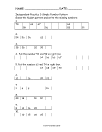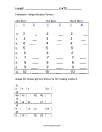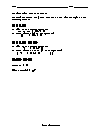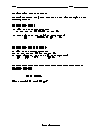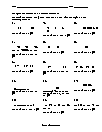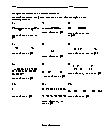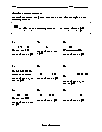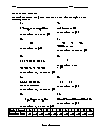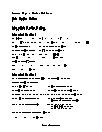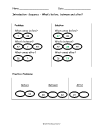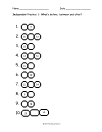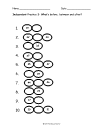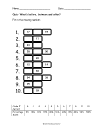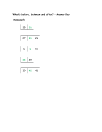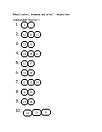Number Pattern Worksheets
How to Identify Patterns in Numbers - Remember the game hangman? It is a game where you have to fill the missing letters in the blanks till you guess the word completely. Isn’t it fun and exciting to play? Well, similar to the game, mathematics, too, has a number series that goes on and on! The whole idea of filling the number in the sequence is to find the pattern that is being followed so that you can fill in the missing blanks! But before we move on to finding what a pattern is, it is important that you first a sequence itself means! In math, the word sequence refers to a set of things, usually numbers that are presented in order. Every number in the sequence series is known as a term, member, or element. The next step is to find what the pattern is, or what rule is being used in the given sequence. For example: 2, 4, 6, 8, 10, 12,...The dots at the end of the sequence means that the sequence is infinite. In the example, the pattern used are even numbers. To find out the pattern, it is essential that you thoroughly look at it. Just like this sequence, there are other sequences with patterns. You can solve them by paying attention; they are quite easy!
-
Basic Lesson
Students visualize numbers to find a pattern. Check the pattern followed between 2 consecutive numbers (x, ÷, +, or -). Check to determine if the same pattern is followed between next two consecutive numbers in the next rows.
View worksheet -
Intermediate Lesson
Students learn the more abstract sense of patterns. Analyze the pattern that numbers follow.
View worksheet -
Independent Practice 3
This is a very abstract practice set. This one will take the longest to complete.
View worksheet -
Basic Lesson
Demonstrates finding a hidden patterns in a number sequence. There is a hidden pattern in number sequence. Guess it and write the missing number.
View worksheet -
Independent Practice 1
Contains 10 hidden number pattern problems. The answers can be found below.
View worksheet -
Homework Worksheet
Provides a warmup by following 1 more, 2 more, 3 more. Number pattern problems follow the warm up.
View worksheet -
Skill Quiz
Contains 10 hidden number pattern problems. 2-3 blanks within the pattern appear.
View worksheet -
Basic Lesson
Demonstrates finding the position of specific numbers in a number sequence. Place the given numbers in the correct spot in the number pattern.
View worksheet -
Independent Practice 1
Contains 15 number sequence problems. The answers can be found below.
View worksheet -
Independent Practice 2
Contains 12 number sequence problems. The sequences include larger numbers than practice sheet 1.
View worksheet -
Basic Lesson
Students learn how to identify a simple number sequence. What's before, between and after?
View worksheet -
Independent Practice 1
Students decide what comes before, after, and between number sequences.
View worksheet -
Independent Practice 2
Contains 10 number pattern problems. The answers can be found below.
View worksheet
How to Find Missing Number in a Sequence
You have seen railway tracks, haven't you? Remember how they are so methodically placed after one and another? And they never overlap, right? This placement, an order with no interlays, is known as a sequence. Similar to that, in mathematics, there is a whole technique that is known as a number sequence. The idea of number sequences is that there are missing numbers from the line that you need to fill by using your brain! Just like when you used to play hangman! So, how do you understand what number comes after which? It is relatively simple! You need to make sure that first, you read the number line carefully, and figure out the pattern that the sequence has used. Once you have understood what pattern is being used, it becomes easier. For example, if you know that the sequence is using the five times table, you can quickly fill in the gaps. But if you don’t know what number has to come next, take a look at the numbers provided and carefully try to figure out what number comes before. Repeat the number lines in your head. Then look at the question again. Start taking the missing blanks one by one; you will solve easily!
What are the next three numbers in this series?
Here is a series of numbers that follow a pattern.
1 8 11 18 80 81 82 83 84 85 86 87 88...
Answer: 89 100 101
The series is positive numbers whose names begin with vowels.
